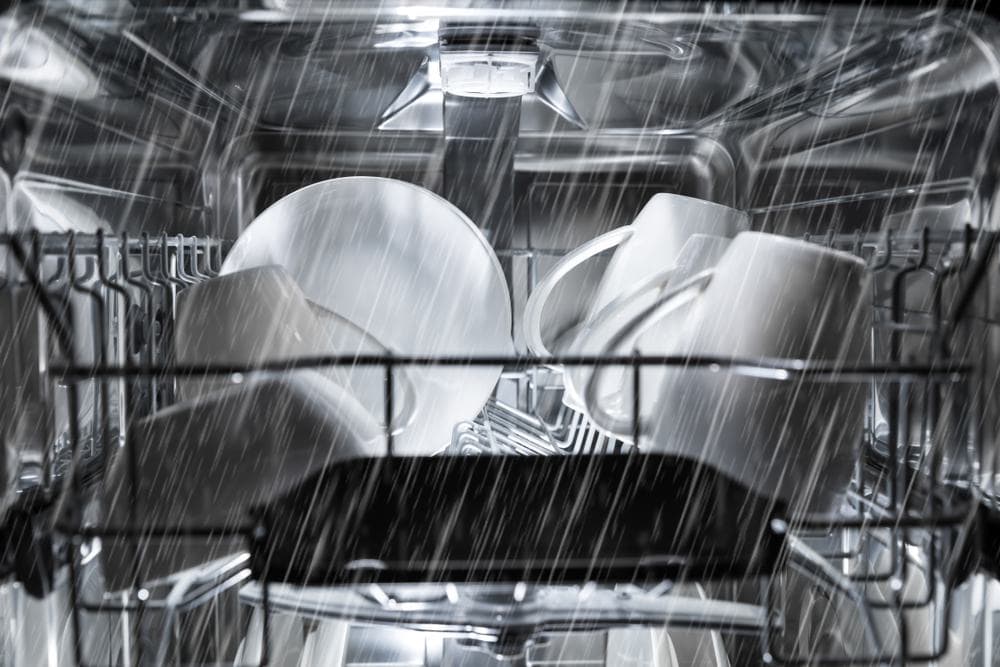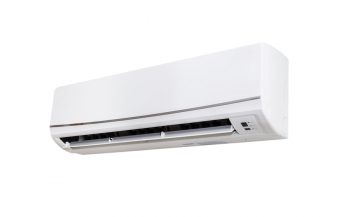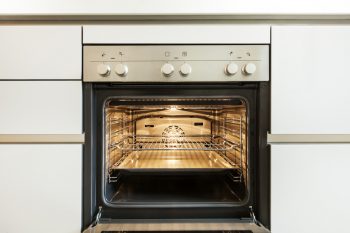
Loading silverware into a dishwasher might seem like a simple task, but did you know there’s a right way and a wrong way to do it? In this comprehensive guide, we’ll discuss how to load silverware in a dishwasher for optimal cleaning results.
To load silverware in a dishwasher, use the silverware basket and mix different types of utensils evenly to prevent nesting. Always point knives down for safety, and place large utensils flat on the top shelf. Small items should be at the bottom of the basket with silverware on top. For silver-plated or antique silverware, separate them from other metals and use a mild detergent. Always consult your dishwasher manual for specific instructions.
Why Does Proper Loading Matter?
The way you load silverware in your dishwasher can significantly affect the overall cleaning effectiveness. Properly loaded silverware ensures thorough cleaning, prevents damage to your utensils, and maintains the longevity of your dishwasher.
Step-by-Step Guide to Loading Silverware in a Dishwasher
1. Use the Silverware Basket
Most dishwashers come with a silverware basket. This basket is usually located at the bottom of the dishwasher and is designed to hold your utensils securely during the wash cycle.
2. Mix and Distribute Utensils
To ensure all your utensils get cleaned properly, mix forks, knives, and spoons, and distribute them evenly in the basket. This prevents nesting, where utensils stick together, preventing proper cleaning.
3. Point Knives Down
For safety reasons, always load knives with their blades pointing down. This prevents accidental cuts when you’re loading or unloading the dishwasher.
4. Forks and Spoons
There are different opinions on whether to point forks and spoons up or down. Some experts recommend pointing them down for hygiene reasons, as this prevents you from touching the eating surfaces when unloading the dishwasher. Others suggest pointing them up for better cleaning results. Ultimately, it’s a matter of personal preference.
5. Large Utensils
Place large utensils like tongs and serving spoons flat on the top shelf of the dishwasher. This prevents them from blocking the water spray and ensures they get cleaned properly.
6. Small Items
Place small plastic items, such as measuring spoons and lids, at the bottom of the silverware basket with silverware on top. This prevents them from falling through the basket and getting lost in the dishwasher.
7. Sharp Items
Always load sharp items, such as knives and skewers, with their sharp edges pointing down for safety reasons.
8. Consult Your Dishwasher Manual
Different dishwasher models may have specific recommendations for loading silverware. Always consult your dishwasher manual for the best practices.
Special Care for Silver-plated or Antique Silverware
Not all types of silverware are dishwasher-safe. Silver-plated or antique silverware requires special care. Here are some tips for loading these delicate items:
- Separate silverware from other metals: Silver utensils should not come into contact with stainless steel, as this can lead to a chemical reaction that can damage the silver.
- Use the right detergent: Choose a dishwasher detergent that is mild and does not contain lemon or citric acid, which can corrode silver.
- Load silverware carefully: Arrange silverware so different types of utensils mix evenly to prevent nesting.
- Hand wash if necessary: If your silver-plated utensils are tarnished or discolored, it’s best to hand wash them using mild soap and water.
Common Mistakes to Avoid
Even with the best intentions, mistakes can happen when loading a dishwasher. Here are some common errors to avoid:
- Overcrowding the utensil compartments: Overcrowding can prevent proper water circulation, leading to less effective cleaning.
- Grouping cutlery of the same type together: This can lead to nesting, where utensils stick together and prevent proper cleaning.
- Mixing metals: Keep stainless steel and silver utensils away from each other. If these two metals collide, they can produce a chemical reaction that can pit and dent your silver.
By following these guidelines, you can ensure that your silverware is cleaned effectively and safely in your dishwasher. Remember, every dishwasher is different, so always consult your user manual for specific instructions. Happy dishwashing!
Frequently Asked Questions
Can I put wooden utensils in the dishwasher?
No, it’s not recommended to put wooden utensils in the dishwasher. The high heat and moisture can warp and crack the wood. It’s best to hand wash wooden utensils.
Can I load silverware in the dishwasher without a silverware basket?
Yes, you can, but it’s not ideal. The basket helps to separate and secure the silverware for optimal cleaning. If you don’t have a basket, you can lay the silverware flat on the top rack, but be careful not to overcrowd.
Should I rinse my silverware before putting it in the dishwasher?
While it’s not necessary to thoroughly clean your silverware before putting it in the dishwasher, it’s a good idea to rinse off large food particles. This can help prevent clogs and ensure a more effective wash.
Can I wash gold-plated silverware in the dishwasher?
Gold-plated silverware is usually not dishwasher-safe. The harsh detergents and high heat can damage the gold plating. It’s best to hand wash these items.
Why do my utensils come out of the dishwasher with spots?
Spots on utensils after a dishwasher cycle are usually caused by hard water. You can reduce this by using a rinse aid or a water softener.












